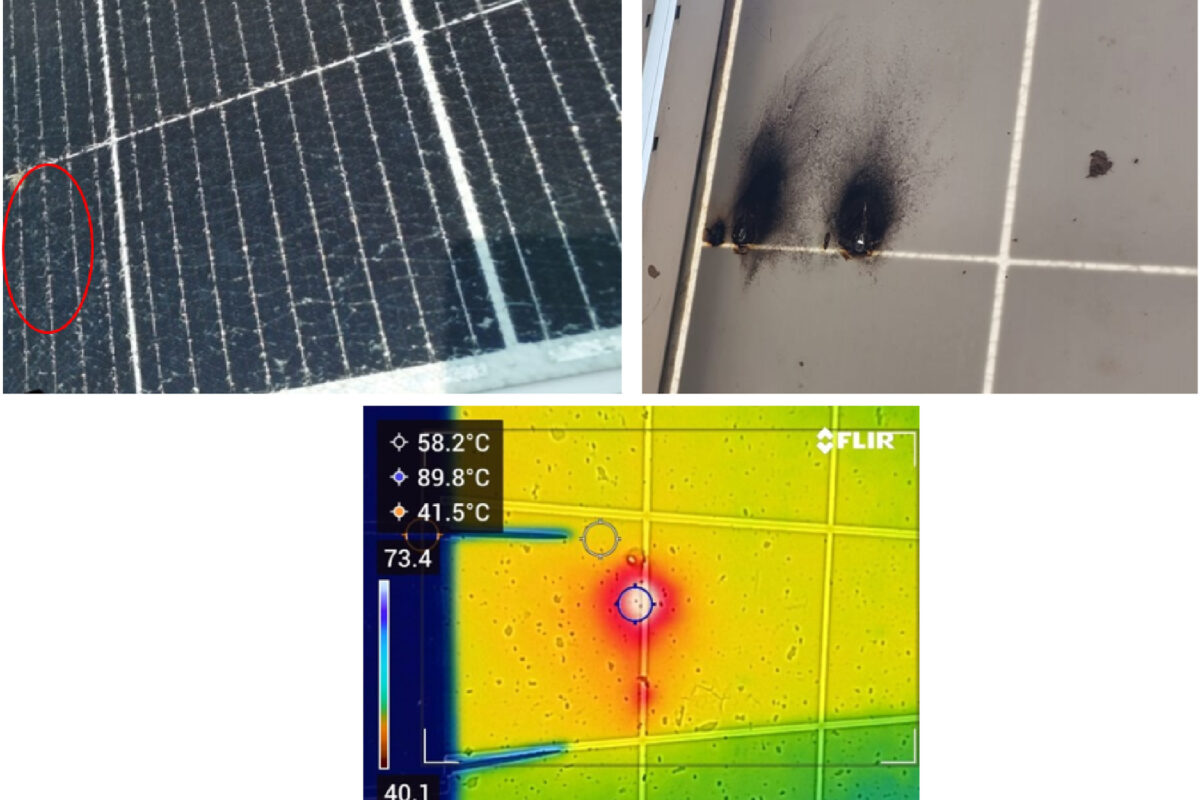Fotovoltaics continues to add capacity quickly and 2024 was again a record year for the implementation of solar PV. In the meantime, despite recent obstacles for widespread acceptance in some countries, the absorption of electric vehicles grew by 25%last year. Based on an energy requirement of 10 kWh/day for each new EV, the 17 million new EVs sold in 2024 would have added another 50-70 GW to new PV generation worldwide.
The sale of electric vehicles is approaching A quarter of all vehicle sales. In China, the EV sales fraction can reach 50% this year. China is the world’s largest EV market and also the world’s largest EV manufacturer. The approaching saturation of the home market means that a stream of competitively priced Chinese EV export can be expected, which leads to continuous rapid growth of global EV sales.
EV’s turnover grew by 25% in 2024 compared to 2023 to More than 17 million passenger and light EVs sold last year. Assuming that the demand for electricity per vehicle is on average 10 kWh/dayThis implies the growth in the demand for electricity of around 60 TWH per year. The generation of fossil fuels has been flattened since 2021. Thus almost all extra electricity requirements are paid by new solar and wind energy.
Most existing vehicles in today’s world, overwhelming gasoline vehicles, will retire by 2040. We can expect with confidence that most new vehicle sales will be electric in the 2030s, which means that constant rises to the demand for solar and wind energy. Roughly, complete electrification of the fleet of the land vehicles in an advanced economy adds 40% to the demand for electricity. This new question will be from solar energy and wind.
When ZAREFIFIFI, the Castro and Kurtz recently discussedDuring the day charging of EVS is a powerful game changer who uses flexible EV loads to retain the solar value on the grid and to release EV charging loads with solar generation. If the admission of PV expands at a faster pace than complementary storage solutions on the grid, the marginal grid value decreases, reducing the economic profession due to a growing lack of coordination between new solar generation and electricity taxes. EVs are “batteries on wheels” that can be charged during sunshine hours with solar electricity and discharge to the grid at any time, which makes storage of short duration to meet the nocturnal demand. The timing of EV -chargers therefore becomes the key.
The widespread installation of slow charging infrastructure in both residential and non-residential institutions such as workplaces where cars are parked for a few hours during weekdays, can make loading more economically and more attractive during the day. Usage rates that are reflected during the day Note the availability of the cleanest and most cost-competitive electricityUse of solar PV in its peak production.
At the current pace, towards the end of the decade, the cumulative installed capacity of solar PV will be larger than the sum of all other technologies for generating electricity generation. As the PV acceptance grows, the limitation of solar electricity starts to become a problem at Peak Production Times, and large new taxes that correspond to the availability of sun sources, such as EV -Copladen during the day, are welcome additions.
| 2024 Question 737.5 | ||
| Grid house | 80996.6 | |
| Grid -commercial | 655165.6 | |
| Raster utilities ownership | 36.8 | |
| Off Grid/Other | 1305.6 | |
| Total | 737504.7 | |
| Installations | 476.3 | |
| Inventory and others | 261.2 | |
Expansion of the demand for solar PV in 2024. The total demand was 737.5 GW. Reprinted with the permission of P. Mints, Solar Flare Issue 1, 2025. https://www.spvmarketesearch.com/
Expansion of the demand for solar PV in 2024. The total demand was 737.5 GW. Reprinted with the permission of P. Mints, Solar Flare Issue 1, 2025.
https://www.spvmarketesearch.com/
Expansion of the demand for solar PV in 2024. The total demand was 737.5 GW. Reprinted with the permission of P. Mints, Solar Flare Issue 1, 2025.
https://www.spvmarketesearch.com/
Authors: Prof. dr. Ricardo Rüther (UFSC), Prof. Andrew Blakers /Anu
Andre.blakers@anu.edu.au
ruther@gmail.com
Isesthe International Solar Energy Society a non-accredited membership NGO was founded in 1954 working on a world with 100% renewable energy for everyone, used efficiently and wisely.
The views and opinions expressed in this article are the author, and do not necessarily reflect it by PV -Magazine.
This content is protected by copyright and may not be reused. If you want to work with us and reuse part of our content, please contact: editors@pv-magazine.com.
Popular content




